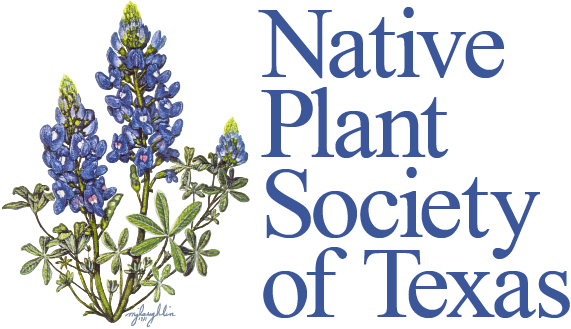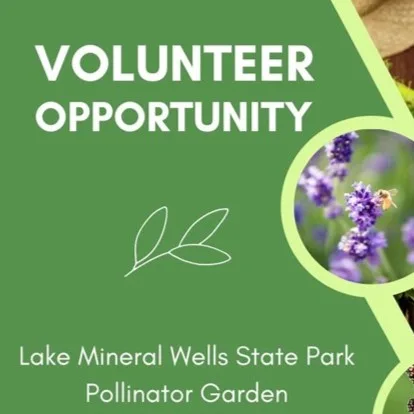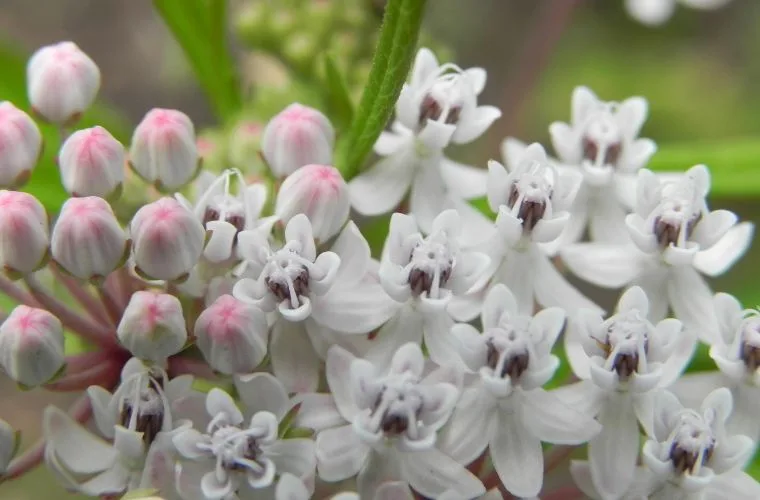March 16 @ 10:00 am – 4:00 pm
Volunteers Needed
Are you passionate about native plants and their importance? Do you enjoy sharing knowledge with others? If so, we have an exciting opportunity for you!
Volunteers are needed to staff our Cross Timbers Chapter booth at the Spring Fling. As part of our mission, we aim to educate the community about native plants and their significance. By volunteering at our booth, you’ll have the chance to share information about our chapter and promote the value of native plants. Bonus: Free admission to the event if you volunteer at least 2 hours.
About “Spring Fling at Chandor Gardens”
🌷We’re ready to fling into spring at Chandor Gardens! Join us for a bloomin’ good time at our Spring Fling on March 16th from 11 am to 3 pm! 🌼 Talented artists will take center stage, showcasing, demonstrating, and selling their one-of-a-kind arts and crafts! 🎨 The vibes will be as lively as the colors of the flowers, with live music and delicious food! Bring your friends and family for a beautiful day at Chandor Gardens! 🌸 Admission — Adults: $5; Kids 12 and under: Free
To Volunteer
Please contact Christie Tull at 817-307-9307 or greenwoodfarminc@aol.com and let her know your availability. She has arranged a shady spot for our booth this year.

Related Events
-
Chandor Nature Trail Guided Hike, Cross Timbers Chapter, Weatherford, Sunday 5/19/2024 at noon
May 19 @ 12:00 pm – 2:30 pm





